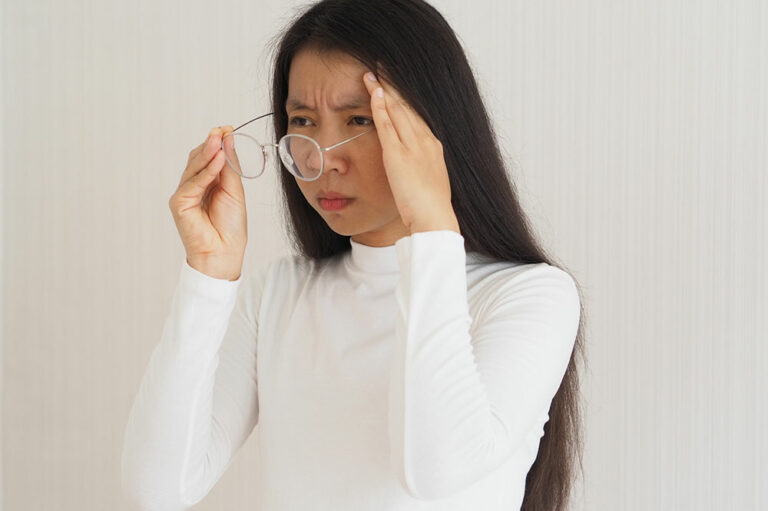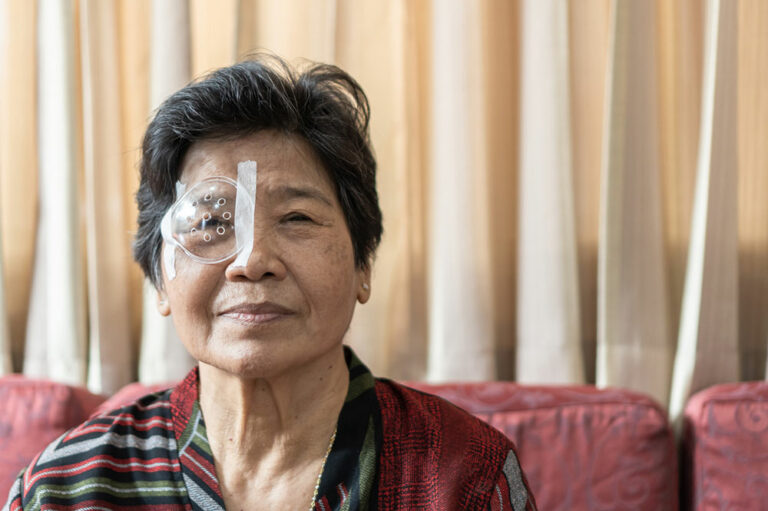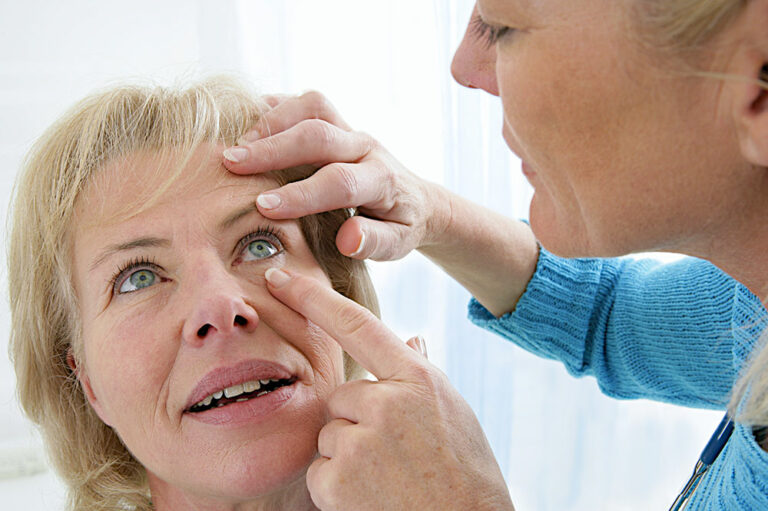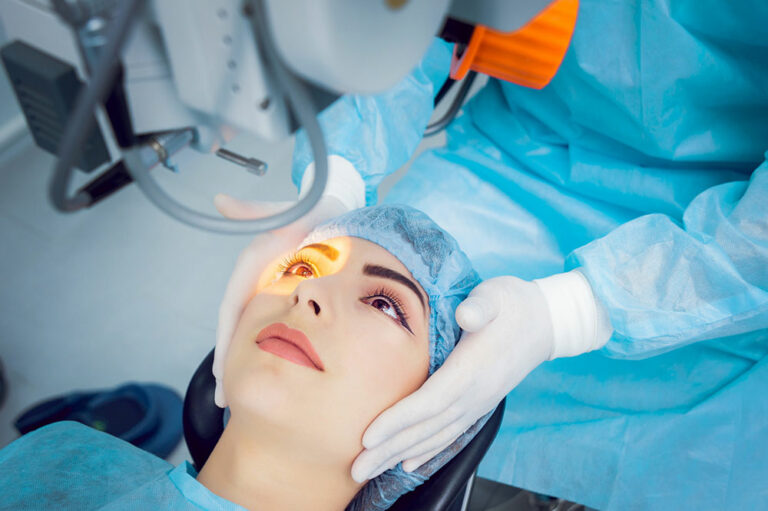Macular degeneration – Its symptoms, causes, and management
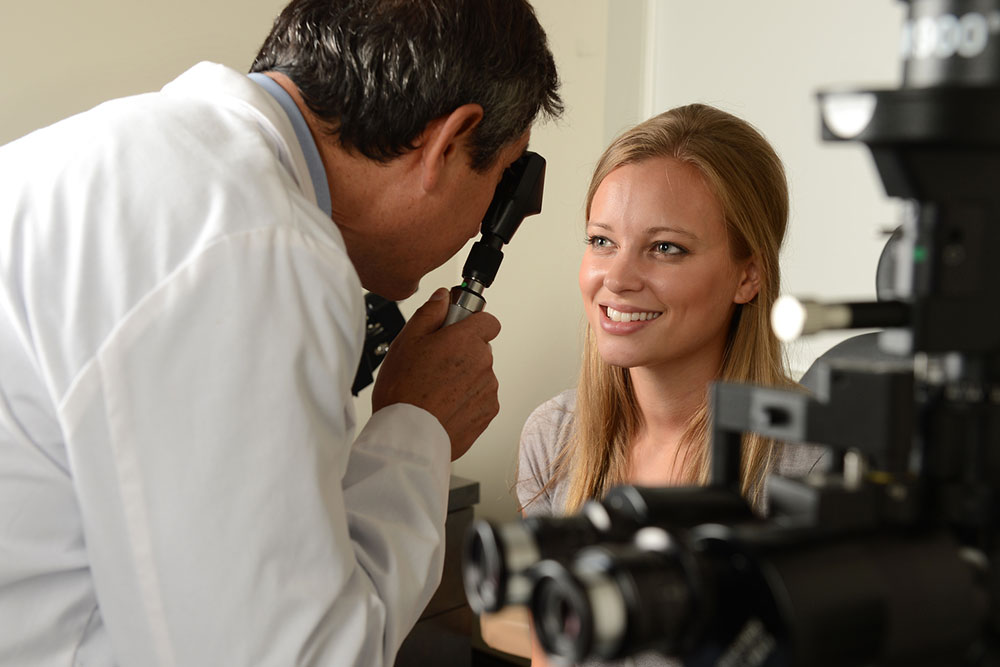
Macular degeneration is an eye condition affecting the central vision. This means that people with macular degeneration fail to see what may be right before them. It’s predominantly an age-related condition, typically occurring in people over 50. It affects the retina’s central part, the macula, but those with it do not have complete vision loss, as they can still see things on the side. This article lists the treatment, causes, and symptoms of macular degeneration.
Macular degeneration symptoms
People do not show any noticeable signs or symptoms in the early stages. Moreover, it may not even get diagnosed until it aggravates or affects both eyes. During this phase, one may experience the below-listed symptoms:
- One may notice deteriorating vision wherein everything looks blurry. One may also find it hard to recognize faces, read the fine print, or drive.
- One may notice different or worse color perception.
- Straight lines may look curvy or wavy.
- One may notice blurry, dark areas in the vision’s center.
Those who experience or notice the symptoms mentioned above should immediately consult a doctor.
Causes
Unfortunately, experts do not know the exact cause of AMD, and there is no clarity on what triggers AMD in some people over others. However, some believe the environment and genes may trigger its development. Those who develop wet AMD first almost always have dry AMD. However, those with dry AMD do not necessarily get wet AMD.
Risk factors
Some common risk factors include the following:
- High cholesterol
- High blood pressure
- Having light skin
- Being assigned female at birth
- Eating saturated fat
Treatment
One’s doctor will determine the macular degeneration treatments based on one’s medical history, overall health, age, nature and degree of the disease, personal preference or opinion related to treatment and the condition, expectations for the course of the disease, and endurance for specific procedures, low-vision therapies, and treatments.
Unfortunately, there’s no cure or fixed treatment for dry age-related macular degeneration. However, low-vision devices and vision rehabilitation programs can help build visual skills, devise new ways to perform everyday activities, and adapt to living with the condition. The primary macular degeneration treatment for wet AMD is based on anti-VEGF agents. VDGF refers to vascular endothelial growth factor. A high degree of VEGF in their eyes forms abnormal blood vessels that primarily inflict damage in wet AMD. So, doctors give patients anti-VEGF agents that help fight the disease process and lower the damaging impacts of these leaky blood vessels. These agents can also stabilize the vision of several patients.
Some patients see a noticeable improvement in their visual acuity with the treatment method mentioned above. They are administered directly to the affected eye. While it may sound daunting, this process is conducted under the effect of eyedrops that cause a temporary loss of sensation. Hence, patients are usually comfortable during the procedure. However, patients need multiple injections to maintain and retain the treatment effect. In some cases, other treatment options, like laser therapy, may also follow.
